It was a one day only travel, which meant flying in around 9a.m., going to the city center and then going back to the airport around 6p.m. Paris is famous for it's traffic jams, and going from the outskirts to the center smack in the middle of rush hour is not the best idea. By taxi it could take something around 2 to 3 hours.
As being stopped in traffic wasn't an option I tried something I was always reluctant to - the Moto-Taxi. This is a service so far I've only seen in Paris, but is a great idea, especially for people in a rush and without luggage. They take you quickly wherever you want to go quickly as the zip in and out of traffic - lane splitting is allowed in France. I was reluctant because my safety rule #1 up to now with motorcycles is that I only ride if I drive personally or if somebody I trust drives. I've only been driven by my dad and 2 friends... Let's say I was apprehensive. The other small detail I also wasn't enthusiastic is using a helmet multiple people used…
To use the service it necessary to book in advance as they aren't cruising the streets looking for customers. The booking is easy via internet or phone they just need to know pick-up date, time and place and where they will leave you. In case the pick-up is ATMs of Paris's airports you can add your flight details so they can ensure they'll be there when you land. Some companies give you a choice in between a Suzuki scooter (Bergman) or a Honda GoldWing. I chose the Honda, although I find the choice of one of Honda's largest motorcycles for zipping in and out of traffic curious.
When I landed after flying in, sure enough - there was my ride. I arrived with awful weather, with 10° temperature and rain. How would they make sure I arrived dry?
The driver took me to the motorcycle and started removing equipment from the side cases. My backpack with the laptop went into the top case. He started by giving me a large & long motorcycle jacket, equipped with protections? It's designed to go on top of your He added on top a type of trenchcoat to ensure I was protected against the rain. Before giving me the helmet he gave me a disposable shower cap type of net, like people in the food business use,brave me the impression of hygene. Finally before giving me the gloves to put on he gave me some disinfectant gel for the hands. I can't think of a more hygenic set-up, it impressed me positively.
After checking I was fully equipped, he asked me to get on the bike before him. He added a blanket on top of me, like the ones people have for scooters but in this case only for the passenger. It goes up to the chest area, is fixed in place by a strap that goes over you neck and even has a pocket on the inside to put your hands in for extra warmth.
 It was sitting down that I understood the why of the Goldwing. It is one of the only motorcycles I know that you can have a passenger sitting in deluxe style and with all this protection. Simply because of the seating style, my BMW could never do this.
It was sitting down that I understood the why of the Goldwing. It is one of the only motorcycles I know that you can have a passenger sitting in deluxe style and with all this protection. Simply because of the seating style, my BMW could never do this.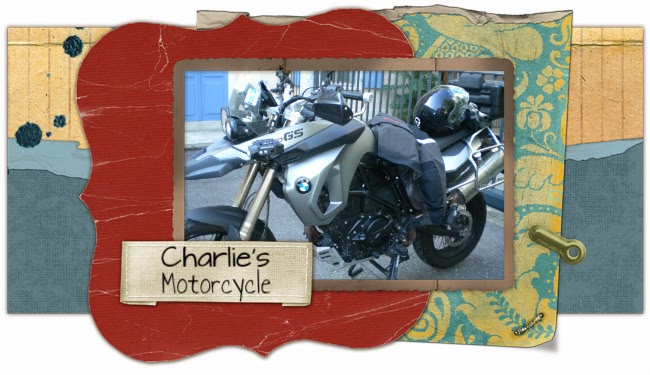

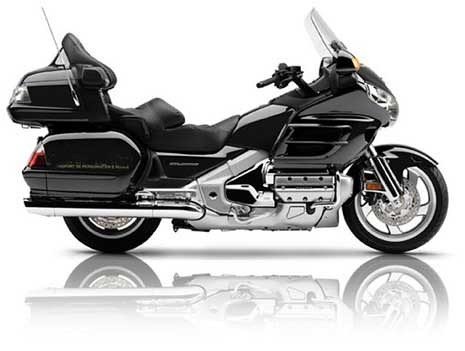
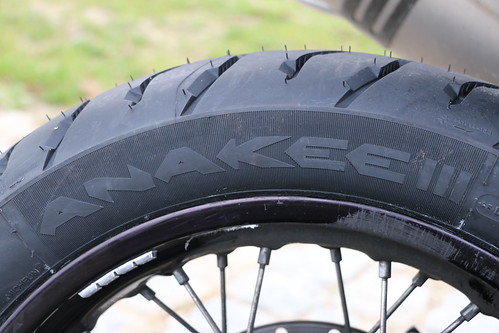
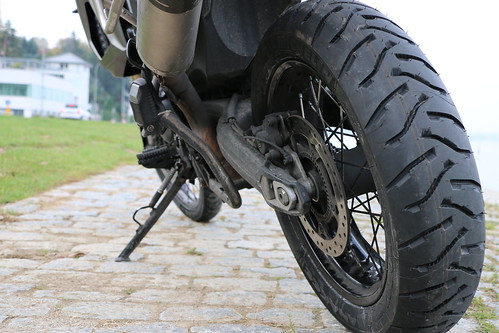
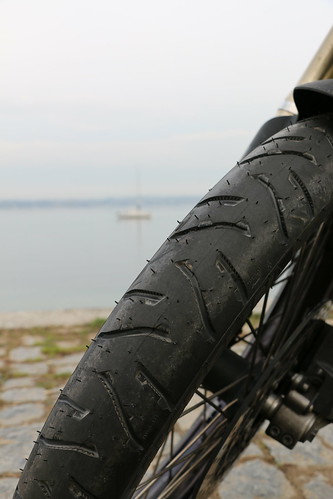
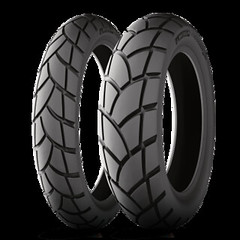
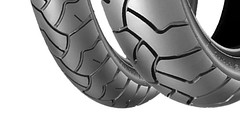

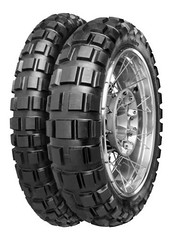
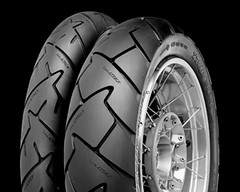
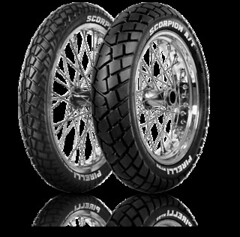
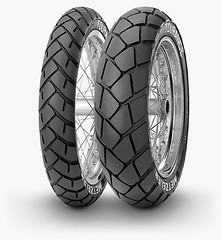





.JPG)

.JPG)













